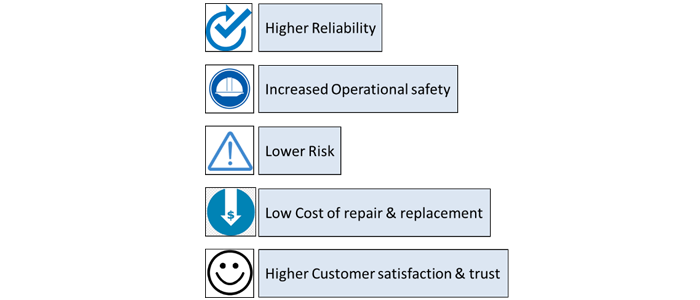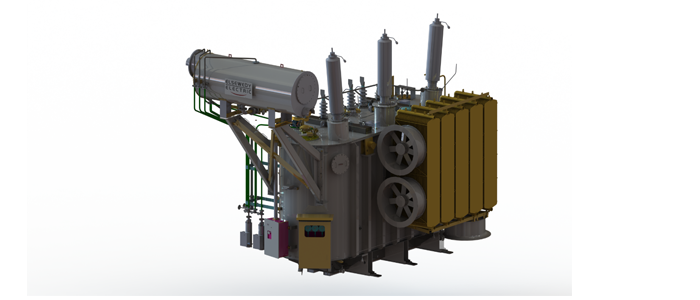- +61 7 3374 2877
- Email Us
Most power transformers are designed to accommodate load growth. Components that experience deterioration mostly includes the insulation system dielectric properties and the transformer windings, among others.
Power transformer ageing is one of the critical issues battled by utilities, since a large number of units across many utility companies usually approach the end of their designed lifespan while many even exceed their designed lifespan. A substantial number of these units are observed to fail or begin to fail before proper attention is taken.
The Need of Longevity
The heightened consumption of electricity will lead to the installation of additional power transformers in domestic and commercial areas, as well as industrial ones. The extended life of power transformer is required to get energy efficiently. The design of the power transformer is focused on improving its quality and economic benefit which emphasise on efficient and longevity of design. This article discusses various levels at which the longevity of transformer design and manufacturing can be ensured. The average life expectancy of a large power transformer depends on its insulation, that is, the condition, material composition, processing, and geometry of the insulation structure. Insulation structure reliability ensures the operational reliability of power transformers; therefore, the insulation design of a power transformer is a crucial factor in the design and manufacture of transformers. Materials mainly used in the insulation system are insulating fluids (e.g., mineral oil and ester oil), conductor insulations (e.g., kraft paper, nomex paper, and enamel), solid pressboard insulations (e.g., barriers, blocks, and spacers), and densified wood. The insulation dielectric reliability depends on a number of factors, such as the quality of the material, processing of the material and design of insulation system.

It is normal to expect higher longevity for higher operational reliability from a Power transformer. This is the challenge for the manufacturer and the utility to overcome. For a manufacturer, it is essential to ensure the design philosophy and manufacturing practices are aligned to achieve the longer life. Power Transformer longer life can be ensured at various levels such as stringent specification, establishing robust design guidelines, design review with the customer to ensure the compatibility and suitability with the application, consideration for the environmental conditions, selection of materials suitable for application, consideration of compatibility of various materials with each other, incorporating various quality assurance checks & establishing the state of art manufacturing processes. It is also important to keep these guidelines and processes continuously evolving. The transformer longevity can be well ensured by understanding the current health and ageing of the transformer. Various indicators can be studied to establish the current health and ensure longer life of the transformer. Some of these indicators are partial discharge, degree of polymerisation of paper insulation, dissolved gases & results from tests at factory and site. One of the important aspects for longer life is optimum electrical stresses within the transformer and lower PD (partial discharge). Hence it is essential to design and manufacture the transformers for low PD during throughout their operation. PD can lead to much bigger problems such as insulation ageing, complete breakdown and outage of transformers. Insulation ageing can also be affected by sustained operation at higher temperature (or higher load). From manufacturer’s perspective it is important to consider all the possible loading while designing the transformer to ensure the temperatures are below acceptable limits. This should also be verified during factory assessment tests. For utility it is important to consider the various factors before overloading a transformer. During operation of the transformer various diagnostic techniques can be used to ensure the healthiness of the transformer. Understanding the necessity of longer life of a transformer, thus understanding the parameters affecting the life of transformer during design, manufacturing and operation to ensure the longer life is ultimate objective.
